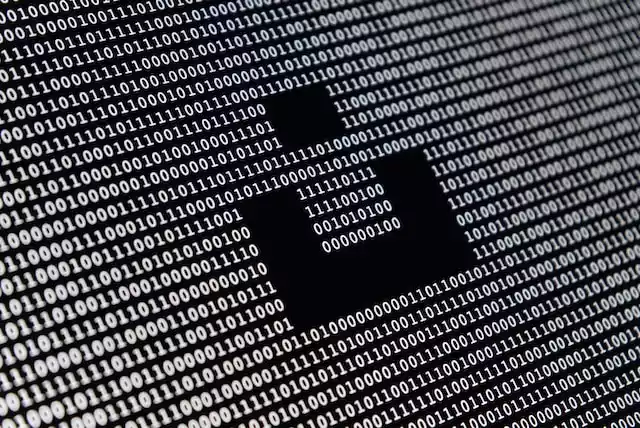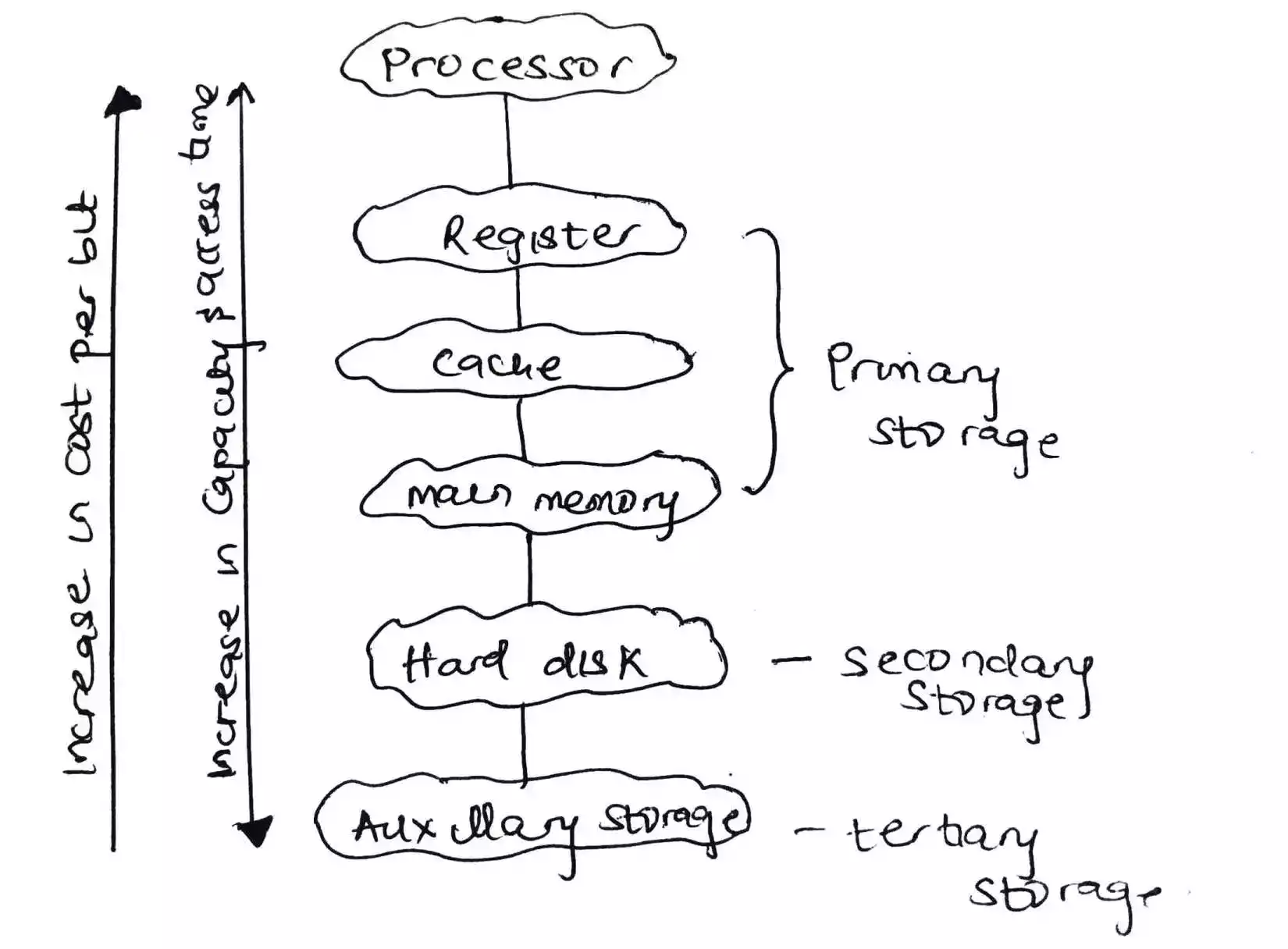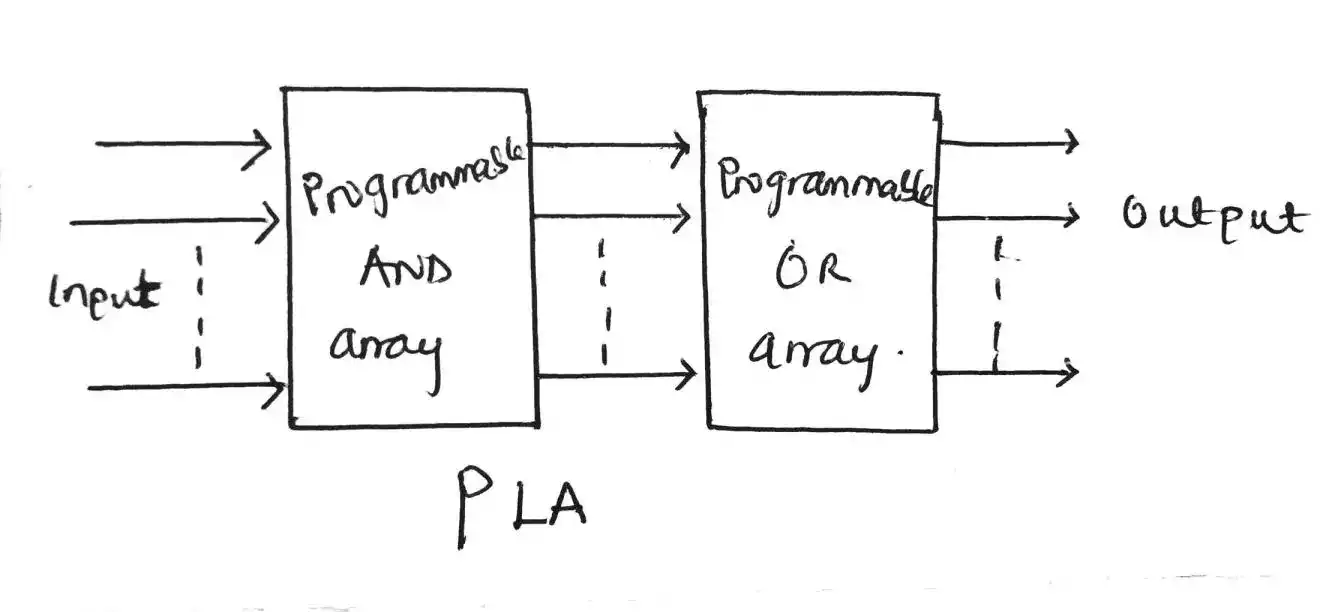What Are the Differences Between Primary Memory and Secondary Memory with examples
In a computer, there are mainly two types of memory which are the primary memory and secondary memory.
The memories are what make a computer work efficiently and the major difference between both of these memories is that the primary memory is used for caching as it stores temporary data and it is fast in terms of the access time while the secondary memory is used for storing permanent files and it is slow in comparison to primary memory.
An example of the primary memory is the Random Access Memory (RAM) and it is used to cache frequently used data while an example of the secondary memory is our external hard disk.
Differences between primary storage and secondary memory
Primary Memory
-
Primary memory is also termed as main memory
-
It is also called internal memory
-
It is a temporary memory of a computer as it does not hold data for long period
-
It is fast in terms of access time as it does not store enormous data
-
It has a small storage capacity or size
-
It is close to the processor in the memory hierarchy
-
It communicates with the central processing unit (CPU) directly and that’s why it is fast
-
It is more expensive than secondary memory
-
It is volatile in nature (meaning that after power is remove the data stored on it is erased
-
Random access memory (RAM), read only memory (ROM), registers, cache memory are some of the examples of a primary memory
Sceondary Memory
-
Secondary memory is also termed as auxiliary memory
-
It is also called the external memory
-
It is a permanent memory of a computer as it can hold data for a very long period of time
-
It is less fast in compare to the primary memory in terms of access time as it does store enormous data
-
It has a huge storage capacity or size
-
It is far from the processor in the memory hierarchy
-
It does not communicate with the central processing unit (CPU) directly
-
It is less expensive than primary memory
-
It is non-volatile in nature (meaning that after power is remove the data stored can still be retained)
-
Hard disk (HDD), Floppy Disc, magnetic tapes, DVD, FDD, pen drive etc. are examples of a primary memory





